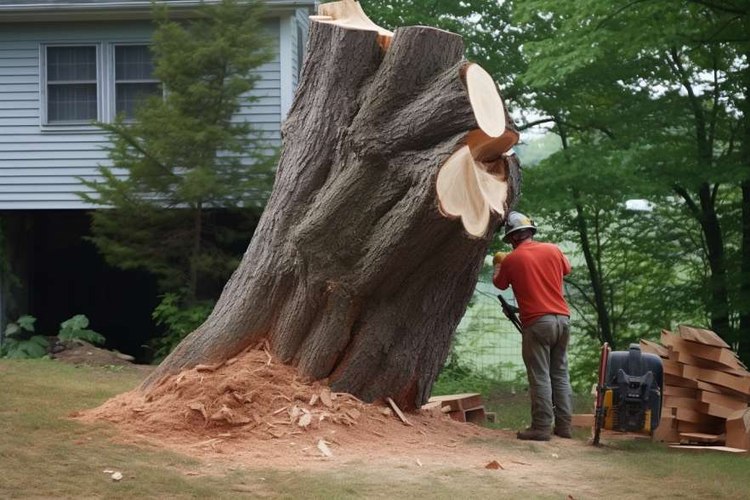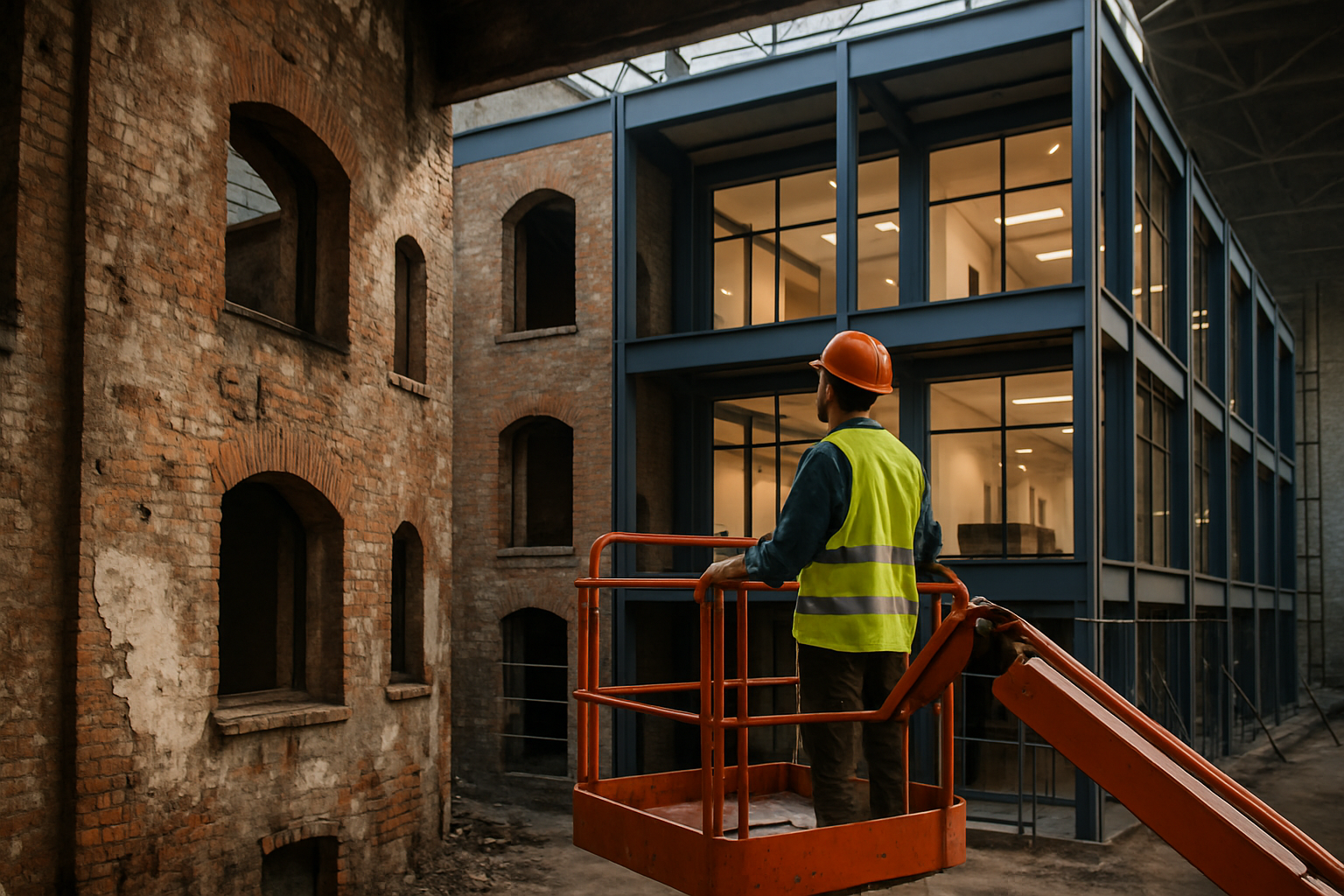Unearthing the Potential of Real Estate in Second-Tier Cities
Has the shine of living in a bustling metropolis lost its lustre? The real estate market in second-tier cities shows an increasingly attractive proposition. This unexpected turn in property investment trends has opened up a wealth of potential for savvy investors and homebuyers alike.

Exploring the Rise of Second-Tier Cities
Historically, first-tier cities like New York, London, and Hong Kong have dominated the real estate market. These cities have always been the nucleus of commerce, culture, and innovation, attracting people worldwide. However, the scale has started tipping towards second-tier cities, often overshadowed by their glamorous counterparts. These cities, including places like Austin, Edinburgh, and Guangzhou, have seen a surge in their real estate markets over the past decade.
The growth of second-tier cities can be attributed to several factors: increasing urbanization, technological advancements, improved infrastructure, and more. These cities offer a high quality of life at a fraction of the cost, making them ideal for businesses, investors, and residents alike.
Current Market Trends in Second-Tier Cities
The real estate market in second-tier cities has been steadily growing. In the United States, for example, cities like Austin, Nashville, and Raleigh have seen a significant influx of new residents and businesses, leading to a boom in property prices. Similarly, in the United Kingdom, cities like Birmingham and Edinburgh are experiencing a surge in property demand.
It’s not just residential real estate that’s thriving. Commercial real estate, too, is seeing a shift. Companies are increasingly choosing to set up offices in second-tier cities to capitalize on the lower operating costs and access a diverse talent pool.
The Impact of This Trend on Real Estate Investments
The rise of second-tier cities presents a unique opportunity for real estate investors. These cities offer attractive property prices compared to first-tier cities, ensuring higher potential returns. Furthermore, the growing demand for both residential and commercial properties indicates a promising future for real estate investments in these cities.
However, like any investment, it’s not without its challenges. Investors must thoroughly understand the local market conditions and potential risks. For instance, the pace of growth in second-tier cities might not match that of first-tier cities. Moreover, these markets might be more susceptible to economic downturns.
The Future of Real Estate in Second-Tier Cities
The trend towards second-tier cities doesn’t seem to be slowing down. As technology continues to evolve, remote work becomes more prevalent, and people prioritize quality of life over city prestige, second-tier cities will continue to grow in appeal.
However, it’s essential to approach this trend with a balanced perspective. While the growth in second-tier cities offers lucrative opportunities, it’s critical to thoroughly research and understand the market before making any investment decisions.
In conclusion, the emergence of second-tier cities as viable real estate markets is an exciting development. For investors and homebuyers alike, these cities offer a unique mix of affordability, quality of life, and potential for growth. As we move forward, it will be fascinating to see how this trend shapes the future of real estate.




